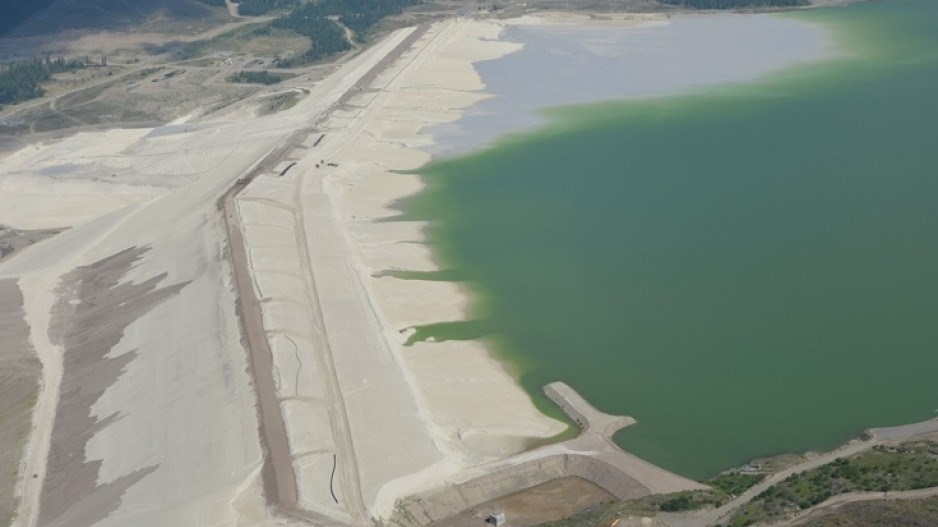Digging ore out of the earth and moving it to concentrators to separate metals from the ore requires a lot of water, much of which gets lost through evaporation and “entrainment.”
Reducing the amount of water used and lost will be the focus of the Mining Association of BC’s (MABC) first innovation challenge.
The innovation challenge came out of MABC’s Innovation Roadmap in 2020, which identified water use as one of the issues to be addressed through innovation and technology.
The association has partnered up with the Foresight clean-tech accelerator to launch a new innovation challenge to identify promising technologies or processes that reduce water use at mine sites.
Other partners in the challenge include the B.C. government, Newcrest Mining (TSX:NCM), Teck Resources Ltd. (TSX:TECK.B), Natural Resources Canada, PwC, the Bradshaw Research Initiative for Minerals Mining, the Global Mining Guidelines Group and the Mining Suppliers Association of BC (MSABC).
The winner will receive $150,000 and may end up being selected for a pilot demonstration process at a mine somewhere in B.C.
The competition is open to clean-tech companies anywhere in the world with technology that is close to the pilot project stage. Extra points will be given to technologies that actually improve the economics of mining.
“Those proponents that can generate economic growth in British Columbia will receive more points,” said MABC president Michael Goehring.
The deadline for submitting pitches is February 18. The winner – or winners – will be decided June 29.
In B.C., most mines store mine waste under water in wet tailings ponds, where some of the water is lost to evaporation.
One obvious solution is to eliminate wet tailings ponds altogether and use drystack tailings storage instead, or, in the case of underground mines, to return most of the mine waste back underground.
That isn’t always an option in B.C., however, where many mines are open pit, and where heavy rainfall can turn dry tailings very wet very fast, which raises challenges with managing runoff and acid drainage.
Even when drystack tailings are an option, mines still consume a lot of water, said Ben Wither, manager of health, safety, environment and community at Newcrest, which owns the Red Chris copper-gold mine in B.C.
“It is a solution in certain circumstances, but it’s not always going to be applicable in every location," Wither said. “Drystack tailings is definitely one of the techniques that is targeted to help reduce water intensity. However, we still require water during the processing circuit and that’s one of the things we’re looking to improve."
Companies interested in entering the challenge can learn more about it at an information webinar that Foresight will host on January 21.




